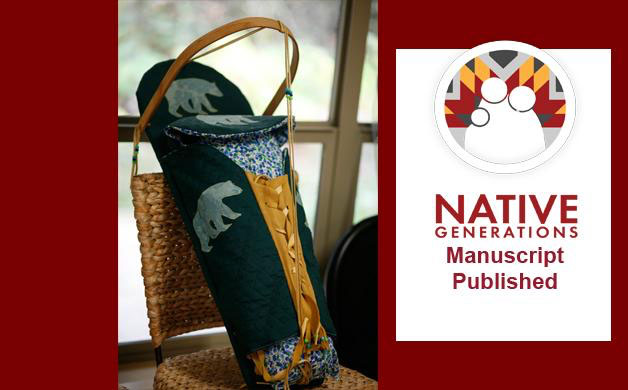
The American Indian Alaska Native Mental Health Research journal recently published an article entitled “Native Generations: A Campaign Addressing Infant Mortality among American Indians and Alaska Natives in Urban Areas.”
The Native Generations campaign was a pilot project aimed to address disparities in rates of infant mortality in American Indian and Alaska Native (AI/AN) communities and the general population. Former Urban Indian Health Institute staff, Shira Rutman MPH and Julie Loughran MPH, co-authored the work with Leah Tanner (Seattle Children’s Hospital), and Leslie L. Randall, RN, MPH, BSN (NiMiiPuu Health Board, Nez Perce Tribe). The campaign produced an 11-minute video which featured families, providers, and community members from diverse tribal and geographic backgrounds.
The preliminary findings conclude that 100% of AI/AN viewers liked the video and that the vast majority (80.4%) thought the video increased awareness of infant mortality rates and risk for infant mortality.
Going forward, the authors suggest that future studies should look at indicators that measure changes such as the utilization of Native-specific resources, baseline infant mortality knowledge, and evaluation of retention of information in order to collect the necessary information to support a full-scale of the Native Generations campaign.
For more information about the Native Generations project or resources developed for families, visit the Native Generations page on the UIHI website.
The full text article is available from the American Indian Alaska Native Mental Health Research journal.
Acknowledgements: This work was funded by a contract with the U.S. Department of Health and Human Services, Office of Minority Health Resource Center and the manuscript development was supported by the OMH American Indian and Alaska Native Disparities program AIAMP120015. Native Generations had many important collaborators. Please see the UIHI website for more information on those who contributed to the Native Generations campaign.

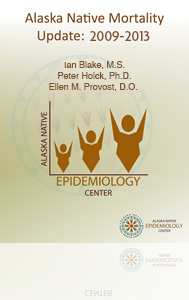

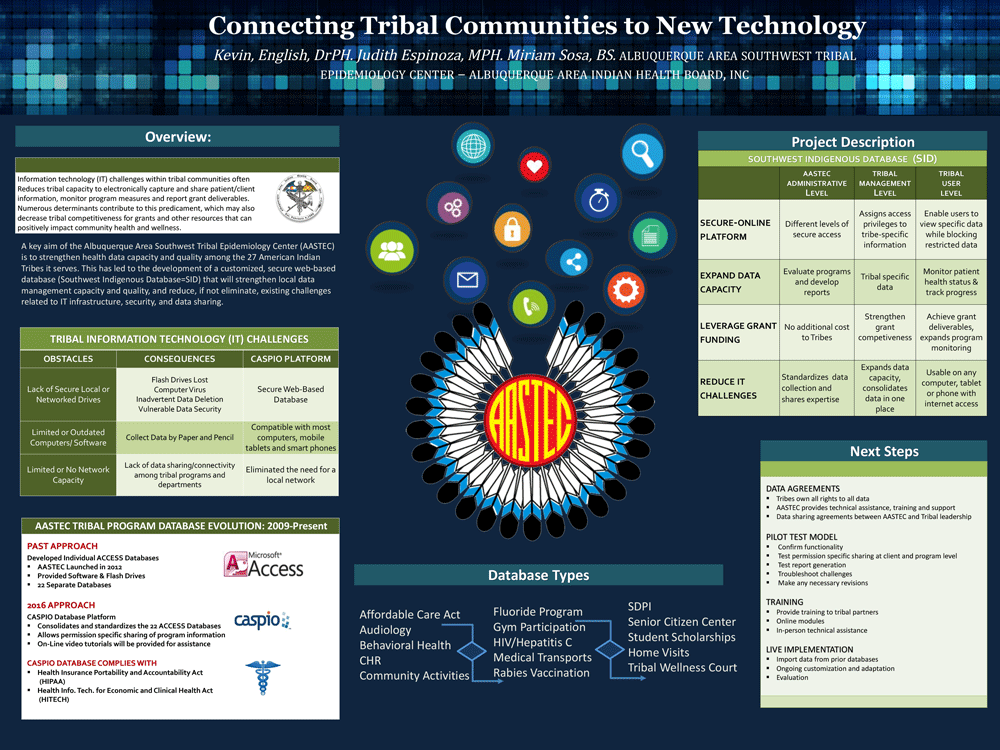

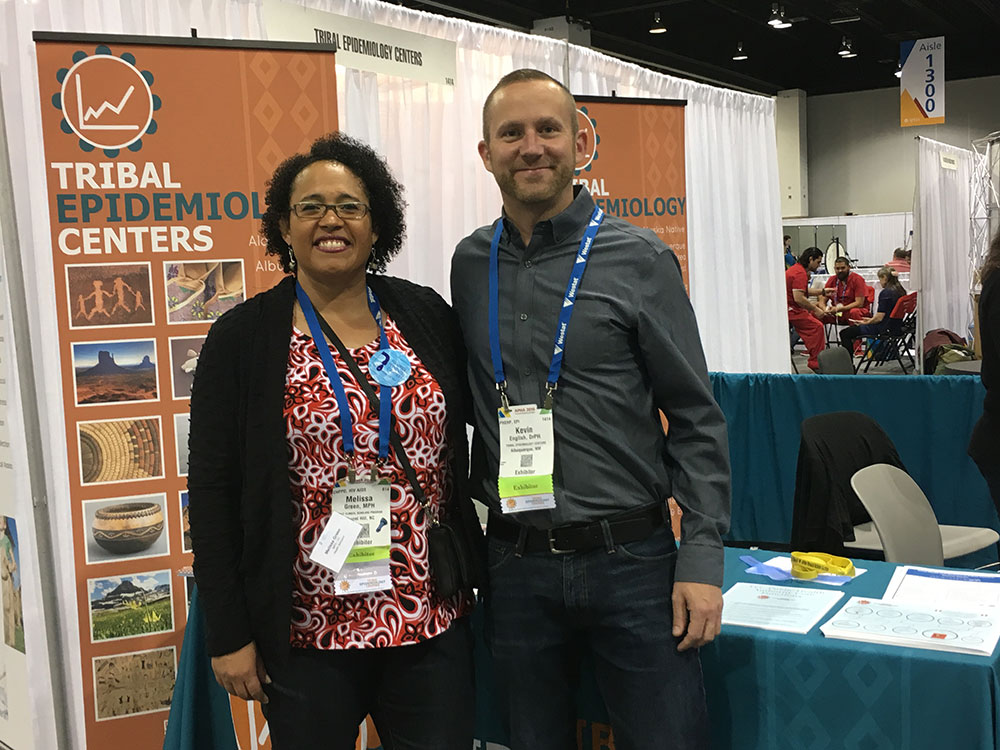 Dr. Kevin English, TEC Director at AASTEC with Melissa Green of the Robert Wood Johnson Foundation Clinical Scholars program.
Dr. Kevin English, TEC Director at AASTEC with Melissa Green of the Robert Wood Johnson Foundation Clinical Scholars program.
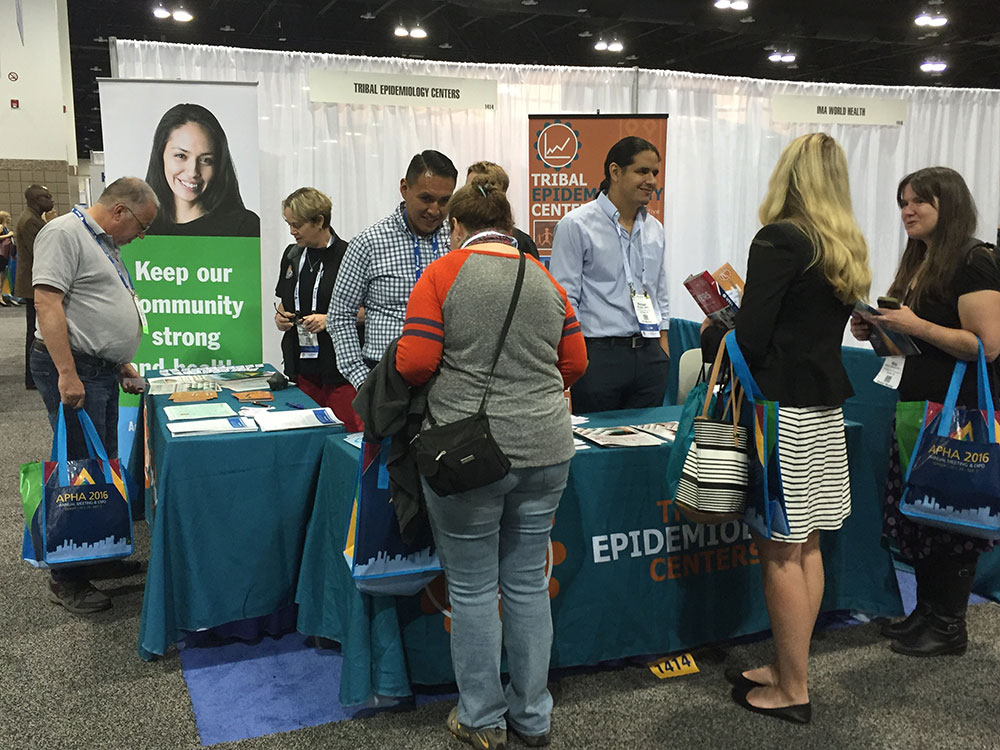 TEC-C at APHA this week!
TEC-C at APHA this week!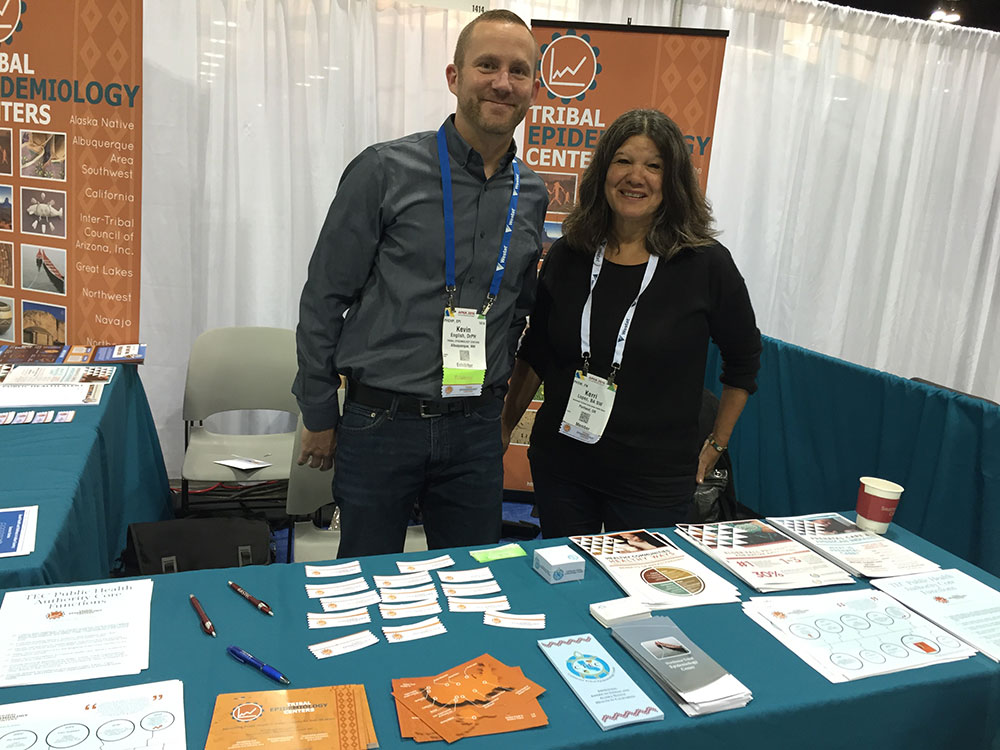 Dr. Kevin English, TEC Director at AASTEC with Kerri Lopez of the Northwest Portland Area Indian Health Board EpiCenter.
Dr. Kevin English, TEC Director at AASTEC with Kerri Lopez of the Northwest Portland Area Indian Health Board EpiCenter.